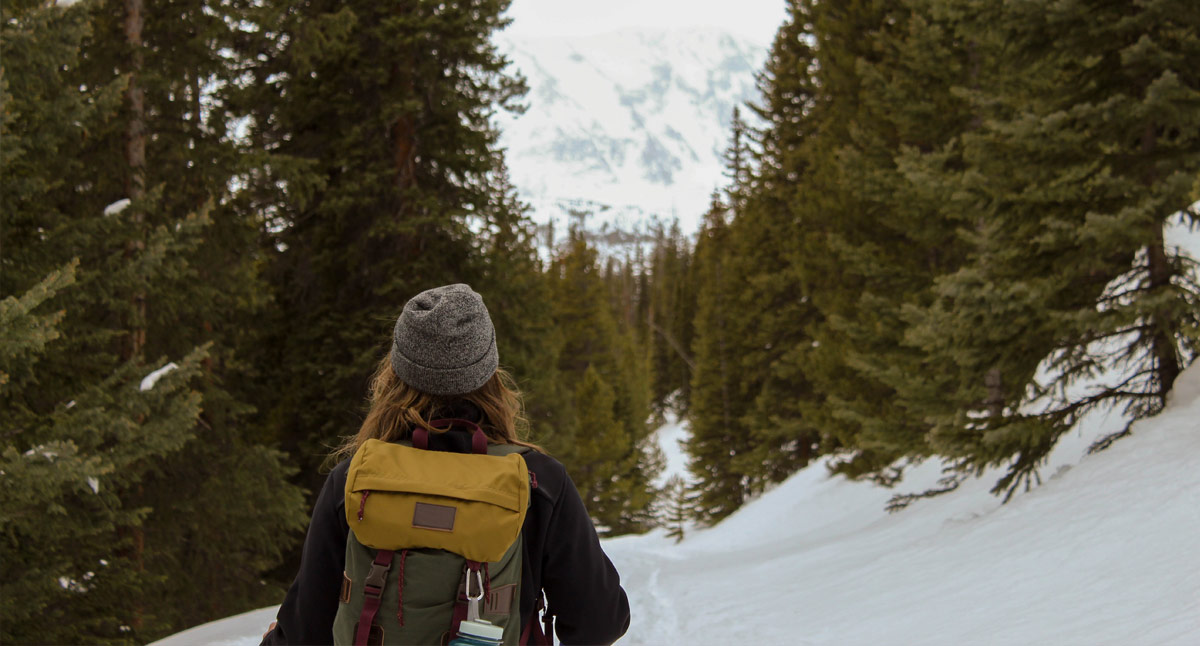
Snowshoeing allows you to get high above the city to tramp around in fresh powder and enjoy the beauty of the outdoors without the crowds. Of course, backcountry skiing can elicit a similar experience, but it requires more training and technique. If you can walk, you can snowshoe.
Snowshoes allow you to hike in deep powder without sinking in—most of the time. They distribute your weight across a long, wide expanse. When the powder is several feet deep, even the best snow boots will punch through. Extracting yourself from thigh-deep snow can be very awkward.
When you snowshoe in fresh powder, you sometimes have to “march” a bit. Your hips may need to flex more than usual. Balance can also be an issue. When you fall, the good news is, you fall in soft, fresh powder and you rarely hurt anything.
Yoga practice can help, before and after your hike in the snow. A well-rounded yoga practice is always best, but if you want to train your body specifically for snowshoeing, there are several poses that are especially helpful. Read on.
Yoga Poses for Snowshoeing
For balance: Tree Pose (Vrksasana) Of course, practicing any of yoga’s balancing poses will help you stay upright, but Vrksasana is one that works for most people, because you can vary it easily to suit your body.
For quadriceps and hip flexor strength: Utkatasana (Fierce Pose) strengthens and stabilizes the muscles that act on the hip joints.
For after snowshoeing: Viparita Karani (Legs Up the Wall) rejuvenates your body and mind. Snowshoeing can be hard work. Elevating your legs helps relieve sore muscles.
A Few More Important Tips
- If you don’t have your own snowshoes, places such as REI rent them, along with poles to help you keep your balance and momentum.
- Because part of the point of snowshoeing is to get away from the crowds, remember that backcountry snow is not managed for avalanches. Check avalanche reports to find the places that are least likely to experience avalanches. For extra protection, take an avalanche beacon with you.
- Layer up. As I mentioned, snowshoeing is hard work. Even if it’s very cold out, your body can easily get overheated. Wear clothing you can shed if necessary such as a down jacket, down vest, long-sleeved top and thermal under-layer.
